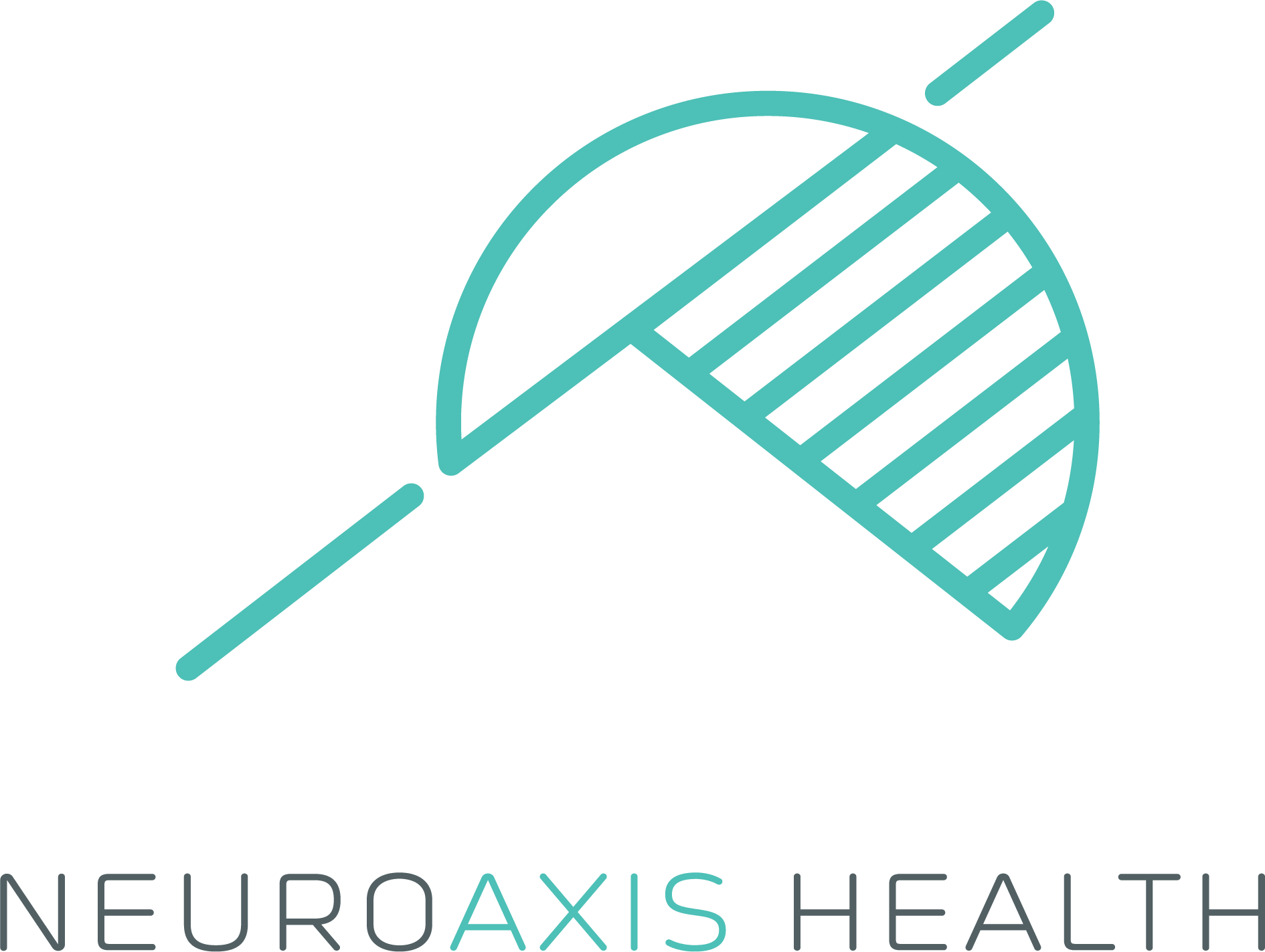Vertigo, Dizziness, and Disequilibrium
The importance of balance
Our brain’s balance and equilibrium system is one of the most important systems in the human body. This system integrates sensory input from the eyes, ears, muscles and joints. It allows us to feel grounded, oriented and physically engaged with the environment around us. When there is a disruption in this process, dizziness, vertigo and balance disorders are often the result.
Our approach
Our approach begins with a detailed health history and comprehensive neurological examination, followed by on-site diagnostic testing to objectively evaluate your visual, vestibular and somatosensory systems in order to determine the cause of your symptoms. With this information we are able to identify exactly where your symptoms are coming from and to customize a treatment plan that is specific to your needs.
Dizziness
Dizziness itself is a non-specific term which can mean different things to different people. Some may feel faint and unsteady on their feet, while others may have the sensation of floating or being on a boat. Some may even experience an unexplained anxiety or fear related to riding in cars or navigating crowded environments in places such as grocery stores or restaurants.
In general, dizziness symptoms can include the following:
unsteadiness
poor balance
disorientation
poor balance
visual tracking issues
gaze stability issues
light-headedness
tinnitus
hearing loss
brain fog
nausea
confusion
illusion of motion
Vertigo
Vertigo is the experience that you or the environment around you is spinning. It can be accompanied by nausea, vomiting, double vision, tinnitus and fullness in the ears.
Schedule a free 15 minute consultation
Find out if you're a good candidate for our care.
Call us for more available appointment times.
Causes of dizziness, vertigo and disequilibrium.
The cause of vestibular disorders can be due to a problem within the peripheral or central part of the brain. The peripheral meaning the inner ear and the central meaning the neural networks within the brain which process sensory information.
Disequilibrium: unsteadiness, poor balance and falls
Falls can be the direct result of dizziness, balance issues or a lack of sensory input from the skin, muscles and joints. While they are the leading cause of death and disability in the senior population, falls are also the number one cause of injury across all age ranges.
Fall-Risk Screening
Fall-risk screening is important at every age when one is experiencing symptoms of dizziness or balance problems due to the increased risk of fall related injuries. It is especially true for elderly individuals to receive regular screening in order to prevent falls and to provide early detection of neurological conditions or other chronic health conditions which can impair one’s balance and equilibrium. Click HERE to learn about Fall-Risk Screening.
If you're dizzy-consult an expert
Studies estimate 10-20% of the US population have symptoms of dizziness. Unfortunately, despite how prevalent these symptoms are, only 50% of patients receive a diagnosis when they visit their doctor. And this is not because physicians don’t care. It’s because dizziness and balance problems can be caused by numerous conditions which can be challenging to diagnose without the availability of diagnostic tests which are more specific for evaluating the balance and equilibrium systems. These tests include audiometry, computerized posturography and videonystagmography.
Medication
Medications for acute symptom management and vestibular rehabilitation is the standard course of care. With that said, make sure you receive a physical and neurological examination, blood work and diagnostic testing to ensure that you are taking the right medication for the right reasons. Medications only help manage symptoms and do not correct the underlying cause for which there is always something that we can do to help.
Anti-nausea, motion-sickness medications and benzodiazapenes can be helpful for managing acute symptoms of dizziness, vertigo or vomiting. However, since most medications act as suppressants to the vestibular system and can prevent the brain’s ability to recover--these should only be used when necessary.
If your symptoms are caused by conditions which require pharmaceutical medications, Dr. Chung will referral you to the appropriate specialist for this care.
Vestibular Rehabilitation (VRT)
Is a therapeutic exercise model which incorporates specific movements and sensory-motor therapies involving the head, eyes and body. The types of movements prescribed will be based on the cause of your symptoms and the functional imbalances which were identified throughout your exam and testing. VRT has been shown to improve the symptoms caused by peripheral and central vestibular disorders by promoting central mechanisms of adaptation, habituation and compensation.
Vestibular rehabilitation aims to achieve the following goals:
(list by Emedicine: Vestibular Rehabilitation)
Improve balance
Minimize falls
Decrease subjective sensations of dizziness
Improve stability during locomotion
Reduce over dependence on visual and somatosensory inputs
Improve neuromuscular coordination
Decrease anxiety and somatization due to vestibular disorientation
The exercises prescribed are customized to your functional deficits, activities of daily living and athletic performance goals. They should be challenging and progress in level of difficulty and complexity your function improves. The initial phase of treatment begins with in office visits and home-based exercises which should be performed at least 3 times per day in order to promote neural plasticity within the brain and body. Follow up testing and symptom questionnaires will be provided to monitor progress and to further modify and improve your therapeutic goals.
